Want to know more about Terraform alternatives? Then keep on reading.
As you venture into the realm of infrastructure as code (IaC), you might be well-acquainted with Terraform, a powerful tool that has revolutionized the way we manage and provision our computing environments.
But what if you’re looking for something different?
Whether it’s a matter of personal preference, specific functionality, or the desire to integrate more seamlessly with your existing setup, exploring Terraform alternatives could open new avenues of efficiency and effectiveness in your IaC practices.
In the dynamic field of IaC, options have blossomed, each offering unique features and advantages that might be better aligned with your project requirements or operational workflow.
For instance, tools like OpenTofu, Pulumi, and AWS CloudFormation have their own ways of managing infrastructure with versions that are adapted to cater to different aspects of cloud services.
OpenTofu, particularly noted for expanding on Terraform’s capabilities, is rapidly gaining traction as an open-source alternative.
Navigating this landscape requires a keen understanding of what each Terraform alternative brings to the table.
Your choice might hinge on factors like the speed of deployment, ease of use, or compatibility with your existing tech stack.
Tools such as Azure ARM Templates, Google Deployment Manager, and the AWS CDK offer specialized features for their respective cloud platforms, while options like Ansible, Crossplane, and others provide broader versatility, catering to a wide array of environments and use cases.
Terraform Alternatives
When exploring infrastructure as code, you have options besides Terraform.
Particularly, Pulumi and CloudFormation stand out for their unique approaches to infrastructure management and automation.
1. Pulumi
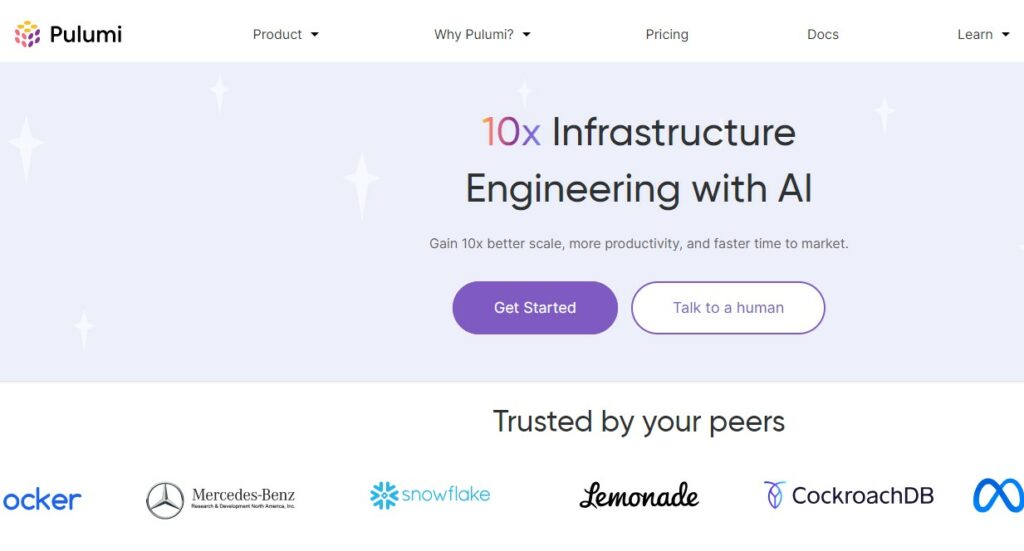
Pulumi is an open-source infrastructure as code tool that allows you to define resources in a variety of programming languages, including JavaScript, TypeScript, Python, Go, and .NET.
This means you’re able to leverage the full power of these languages and their existing ecosystems to define and manage your infrastructure.
Key Features:
- Language Variety: Use familiar general-purpose programming languages.
- Multi-Cloud Support: Work with all major cloud providers.
2. CloudFormation
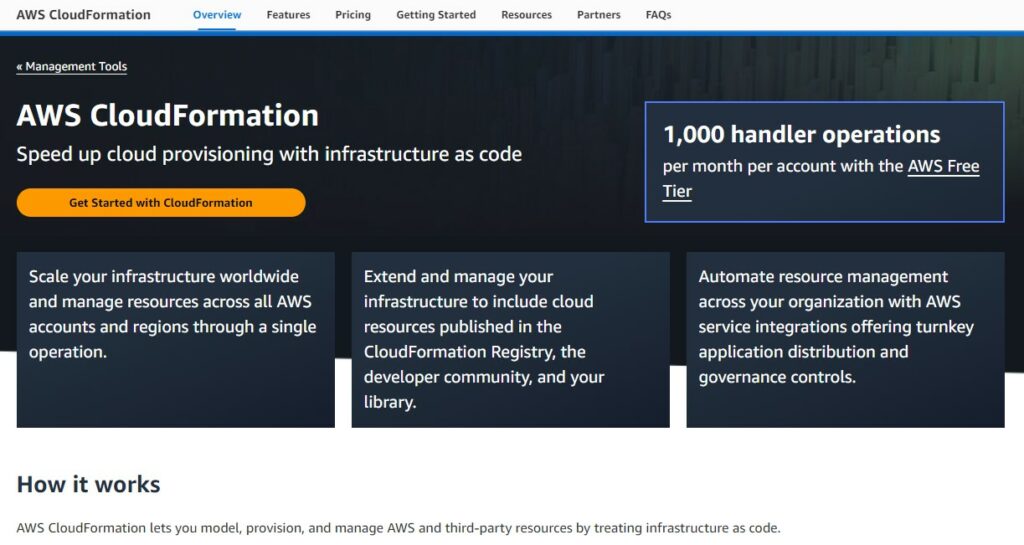
AWS CloudFormation is Amazon’s native service for deploying and managing resources.
It utilizes template files, which can be written in either JSON or YAML.
CloudFormation meticulously manages the state of your resources, automating the process of creating, updating, and deleting as needed based on your template configurations.
Key Attributes:
- AWS Native Integration: Seamless integration with AWS services.
- Declarative Syntax: Utilize JSON or YAML for template files.
Proprietary Solutions
When considering proprietary alternatives to Terraform for infrastructure automation, you’ll find robust options with deep integration into their respective cloud ecosystems.
3. Azure Resource Manager
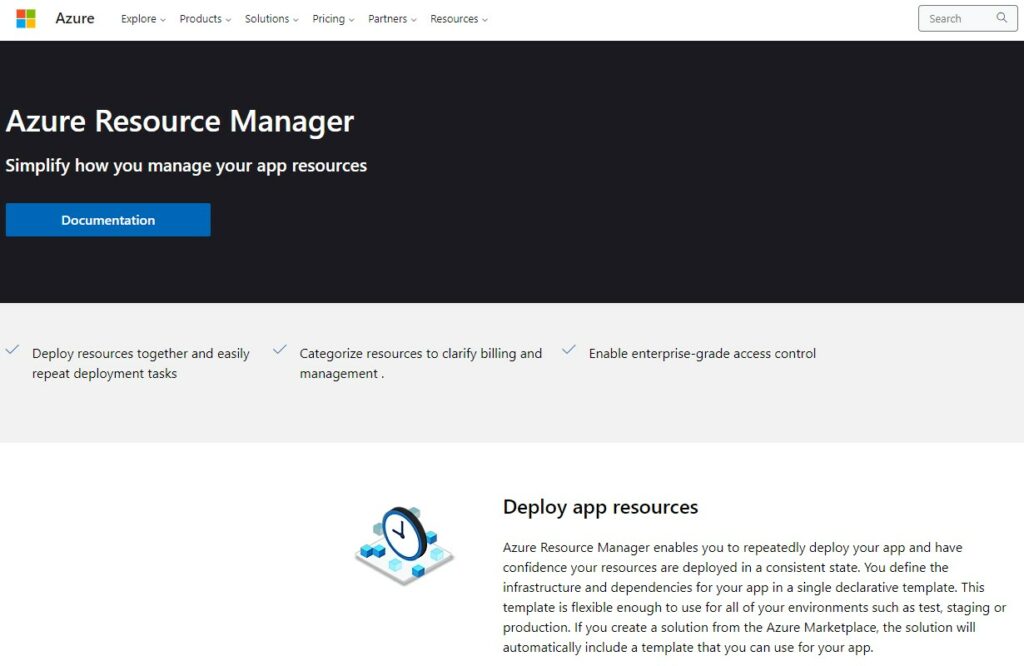
With Azure Resource Manager (ARM), you can deploy, manage, and monitor all the resources for your solution in a secure and organized way.
ARM templates allow you to define the infrastructure and configuration for your project, and they offer the flexibility to deploy solutions that work for your environment.
4. Google Cloud Deployment Manager
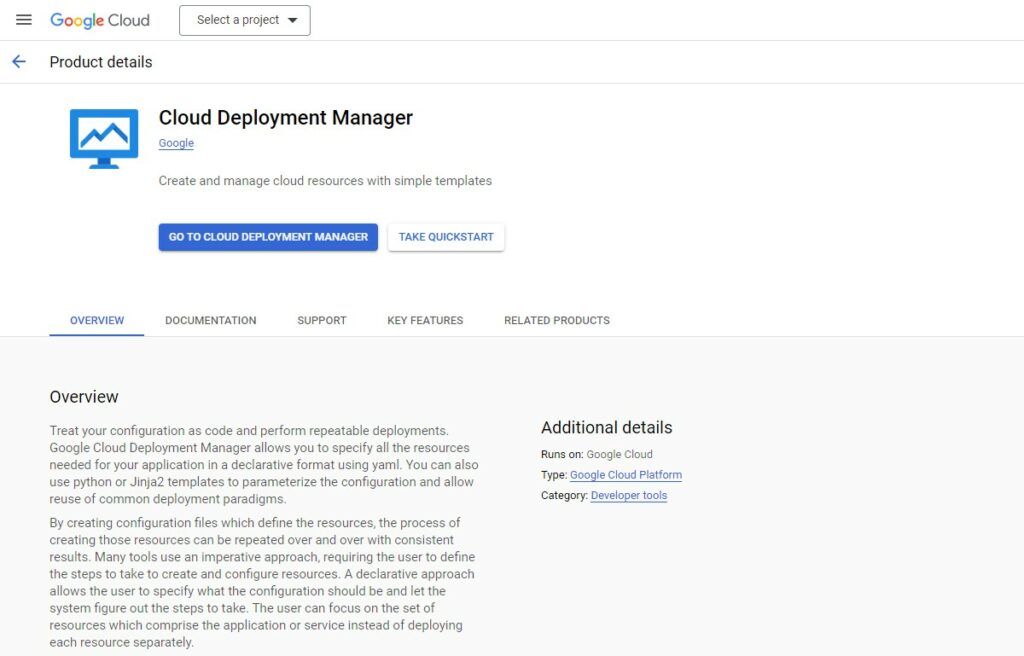
Google Cloud Deployment Manager allows you to automate the creation and management of your Google Cloud resources.
With its declarative configuration files, you can consistently deploy and reproduce your GCP infrastructure and quickly manage your existing resources with a simple set of commands.
Hybrid and Multi-Cloud Approaches
When you’re managing infrastructure across different cloud providers, flexibility and consistency are key.
Hybrid and multi-cloud strategies can be complex, but the right tools help you navigate this landscape effectively.
5. Crossplane
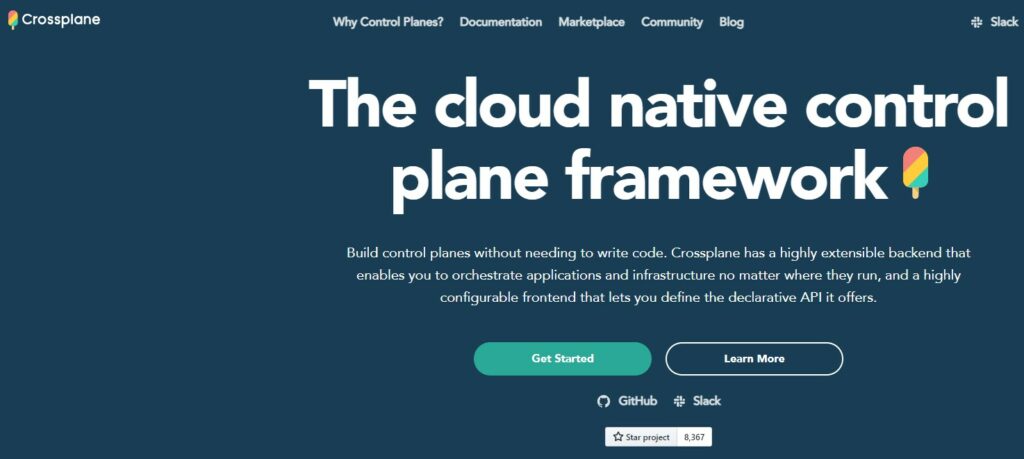
You’ll find Crossplane as a powerful option that acts like a universal control plane for your multi-cloud environment.
It enables you to manage your resources and services from multiple providers in a Kubernetes-native way, allowing for seamless deployment across different clouds.
Here are some specifics:
- Cloud Providers: Works with AWS, GCP, Azure, and others.
- Provisioning: Declarative configuration akin to Kubernetes.
6. Morpheus
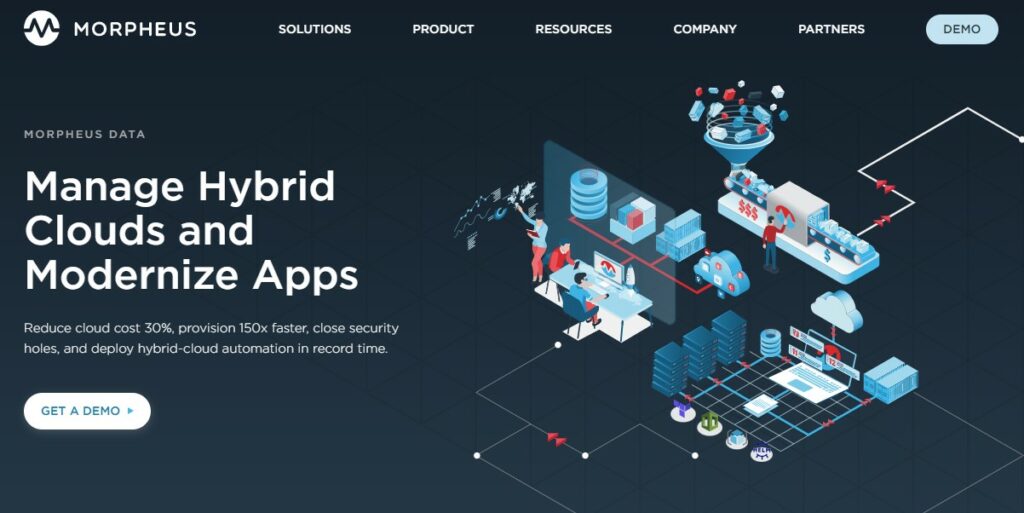
Morpheus offers a different approach, focusing on a self-service model with a powerful dashboard to track and manage your multi-cloud estate.
It’s known for its fast integration into existing toolsets and simplifying cloud orchestration.
Key features include:
- Agility: It allows for quick application provisioning and scaling.
- Visibility: Provides a centralized console for monitoring all your clouds.
Evaluating Terraform Alternatives
In choosing an alternative to Terraform for your infrastructure as code needs, you’ll want to carefully consider both feature sets and the level of community and support each option provides.
Feature Comparison
When looking at Terraform alternatives, compare the features crucial to your workflow.
Here’s how some of the alternatives stack up in terms of features:
- OpenTofu: Builds on Terraform concepts with additional open-source contributions.
- Pulumi: Integrates with existing programming languages for infrastructure management.
- AWS CloudFormation: Provides seamless integration with AWS services.
- Azure ARM Templates: Specializes in Azure environment configurations.
- Google Deployment Manager: Optimized for Google Cloud configurations.
- AWS CDK: Allows you to define cloud resources using familiar programming languages.
- CDKTF: Combines the power of CDK with the ecosystems of Terraform modules.
- Microsoft Bicep: Simplifies the authoring of Azure resource declarations.
- Ansible: Focuses on simple IT automation without requiring agents.
- Crossplane: Enables you to manage your infrastructure using the Kubernetes API.
Use the following table to make a quick comparison:
| Feature | OpenTofu | Pulumi | AWS CloudFormation | Azure ARM Templates | Google Deployment Manager |
|---|---|---|---|---|---|
| Open Source | Yes | Yes | No | Yes | Yes |
| Multi-Cloud | Yes | Yes | No | No | No |
| Programming Languages | No | Yes | No | No | No |
| Modular | Yes | Yes | Yes | Yes | Yes |
Community and Support
The community and support surrounding an infrastructure as code tool are vital for troubleshooting and staying updated.
- OpenTofu: As a nascent community, it’s growing and adapting.
- Pulumi: Boasts a strong, active community with helpful resources.
- AWS CloudFormation: Benefits from extensive documentation and community forums specific to AWS.
- Azure ARM Templates: Supported by Microsoft’s vast Azure documentation and active community discussions.
- Google Deployment Manager: Has support from Google’s documentation and community forums for Google Cloud.
Evaluate community and support by these aspects:
- Documentation: Look for comprehensive, up-to-date resources.
- Community forums: Check for active discussions and responsiveness.
- Support services: Consider the availability of professional or paid support if needed.
Bear in mind that a large, vibrant community can be a rich source of scripts, workarounds, and advice that are invaluable as you implement and scale your cloud infrastructure.
Key Takeaways
- Diverse Options: You have multiple alternatives to Terraform for infrastructure automation, which cater to different needs and preferences.
- Open Source and Proprietary Choices: Whether you prefer open-source solutions like OpenTofu, Pulumi, and Ansible or proprietary tools like AWS CloudFormation and Azure ARM Templates, there’s a wide selection available.
Open-Source Alternatives
- OpenTofu: A fork from Terraform version 1.5.6, it aims to extend Terraform’s capabilities.
- Pulumi: Integrates with existing tools and supports multiple languages.
- Ansible: Known for its simple IT automation.
Proprietary Alternatives
- AWS CloudFormation: Ideal if you’re entrenched in AWS ecosystem.
- Azure ARM Templates: A choice for those committed to Microsoft Azure.
Speed and Efficiency
- Improved Performance: Some tools like Attune boast faster server builds, making them appealing for speed-conscious users.
Licensing
- Licenses Matter: New versions of Terraform are under the BUSL license, influencing the choice of some users towards open-source alternatives.
By understanding your needs and preferences, you can choose the ideal tool from this array to manage your infrastructure effectively and efficiently.
Each tool offers unique features and benefits, so you’ll want to consider factors such as existing infrastructure, preferred programming languages, and the scale of deployment when making your choice.

